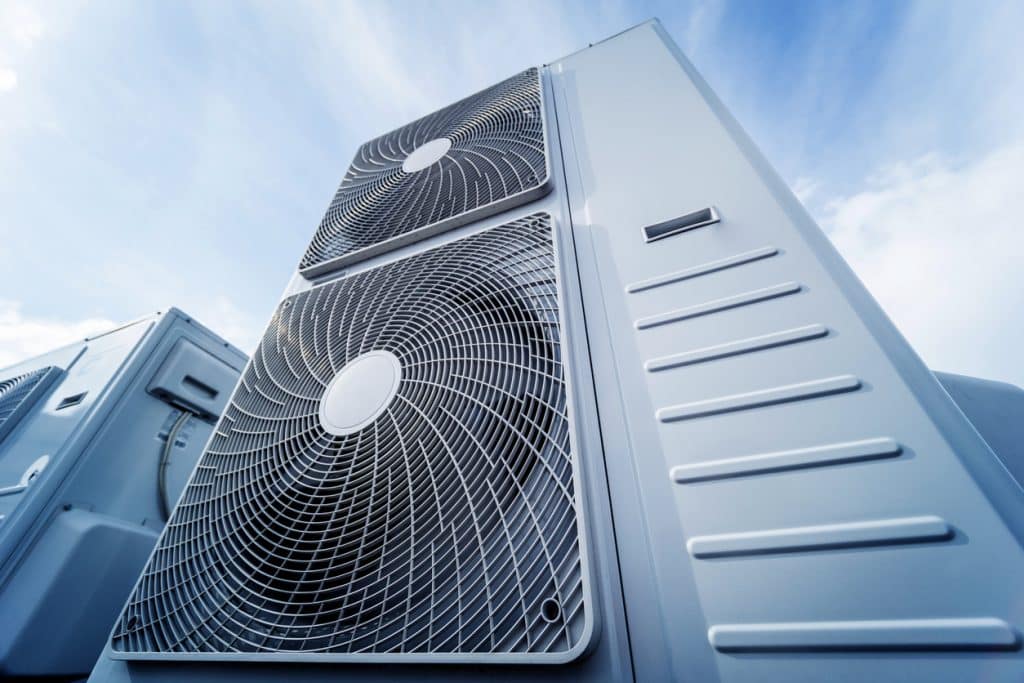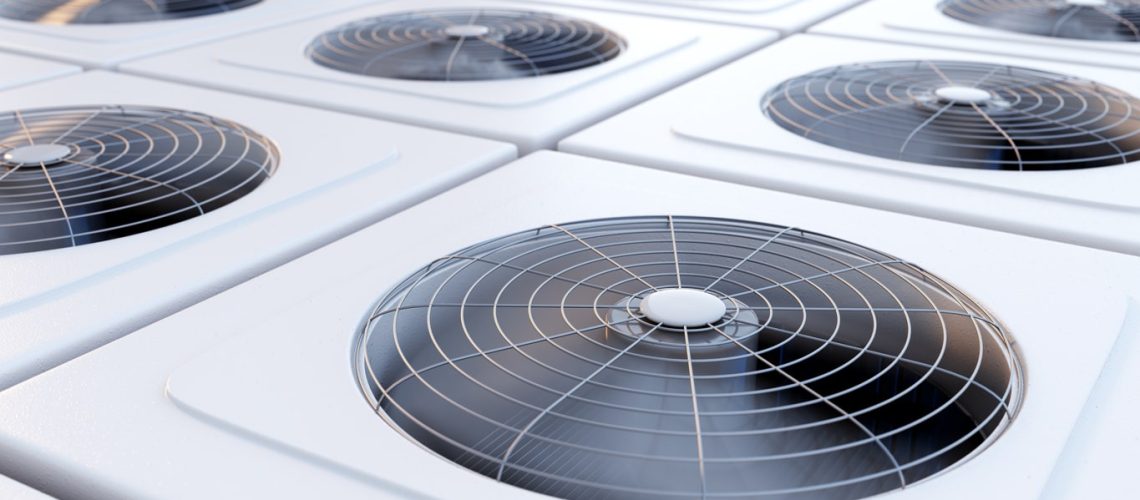The Best Systems for Commercial HVAC in Calgary
Choosing the right HVAC system for a commercial building is crucial for maintaining a comfortable indoor environment and maximizing energy efficiency. With various options available in the market, selecting the best HVAC system can be a challenging task.
Discover the different types of systems used for commercial HVAC in Calgary, typically installed in commercial buildings, and find out about their benefits and considerations to help you make an informed decision.
Centralized HVAC Systems
Centralized HVAC systems are the most common choice for commercial buildings. These systems consist of a central unit that distributes conditioned air through a network of ducts. There are two main types of centralized HVAC systems:
- Packaged Rooftop Units (RTUs): RTUs are self-contained units that are typically installed on the roof of the building. They house all the components, including the compressor, condenser, and air handling unit. RTUs are ideal for buildings with limited indoor space, and they offer easy installation and maintenance. They can provide both heating and cooling functions, making them versatile for various climates. However, RTUs may have higher energy consumption compared to other systems, and their location on the roof may pose challenges for access and maintenance.
- Chilled Water Systems: Chilled water systems use a centralized chiller to cool water, which is then circulated through the building to provide cooling through air handling units or fan coil units. These systems are highly efficient and offer precise temperature control. Chilled water systems are suitable for larger commercial buildings and can be integrated with other HVAC components like cooling towers and boilers for increased efficiency. However, they require more complex installation and maintenance procedures.
Distributed HVAC Systems
In some cases, distributed HVAC systems may be more suitable for commercial buildings. These systems consist of multiple smaller units located within or near the conditioned spaces. Two common types of distributed HVAC systems are:
- Variable Refrigerant Flow (VRF) Systems: VRF systems use refrigerant to provide both heating and cooling to different zones within the building. They offer individual temperature control for each zone, allowing for energy savings and personalized comfort. VRF systems are known for their high energy efficiency and flexible installation options. However, they may have higher upfront costs and require specialized expertise for installation and maintenance.
- Split Systems: Split systems consist of separate indoor and outdoor units connected by refrigerant lines. They are typically used in smaller commercial spaces or individual offices. Split systems offer versatility in terms of installation, allowing for flexibility in unit placement. They are relatively cost-effective and easy to maintain. However, split systems may not be suitable for larger commercial buildings with multiple zones.

Considerations for Choosing the Best HVAC System
When selecting the best HVAC system for a commercial building, several factors should be considered:
- Building Size and Layout: The size and layout of the building will influence the capacity and distribution requirements of the HVAC system. Larger buildings may require centralized systems, while smaller spaces can benefit from distributed systems.
- Energy Efficiency: Energy efficiency is a critical factor in reducing operating costs and environmental impact. Look for systems with high energy efficiency ratings and features such as variable speed compressors or energy recovery ventilation.
- Zoning and Temperature Control: Consider the zoning requirements and the need for individual temperature control in different areas of the building. This can be achieved through systems like VRF or properly designed ductwork in centralized systems.
- Maintenance and Serviceability: Evaluate the ease of maintenance and accessibility for servicing the HVAC system. Regular maintenance is essential for optimal performance and longevity.
Conclusion
Selecting the best commercial HVAC Calgary system for a commercial building requires careful consideration of factors such as building size, energy efficiency, zoning requirements, and maintenance needs. Centralized systems like packaged rooftop units or chilled water systems are commonly used for larger buildings, while distributed systems like VRF or split systems may be suitable for smaller spaces or individual offices. Consult with HVAC professionals to assess your specific requirements and choose a system that provides optimal comfort, energy efficiency, and long-term cost-effectiveness for your commercial building.
When you need plumbing and heating services in Calgary, turn to Western Canadian Furnace Company Ltd. From dealing with AC installation/repair, commercial duct cleaning, hot water tanks, drain cleaning and more – we are your go-to company when it comes to residential and commercial HVAC services in Calgary. With some of the most experienced technicians on hand, we use the most modern equipment to handle all your needs. Contact us at info@westcan4u or 403-531-6181.




